Rehabilitation Optimization Methods
Rehabilitation optimization methods enhance recovery efficiency by focusing on personalized and adaptive treatment approaches. Techniques such as progressive loading, targeted stretching, and functional movement screening help identify weaknesses and optimize therapeutic interventions. Data-driven methods like gait analysis and digital motion capture provide insights into patients' progress, allowing therapists to adjust treatment plans dynamically. Additionally, incorporating mindfulness and cognitive behavioral techniques can improve patient motivation and engagement with rehabilitation goals. In recent years, technology-driven approaches, including app-based home exercises and tele-rehabilitation, have also gained traction, enabling continuous monitoring and adjustment. By refining and adapting treatments, rehabilitation optimization methods not only accelerate recovery but also build patients' confidence, ensuring they can return to their daily lives with improved resilience and functionality.

Jay Spector
American Academy of Podiatric Sports Medicine (AAPSM), United States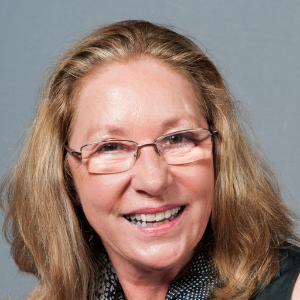
Marcia J Scherer
Institute for Matching Person and Technology, United States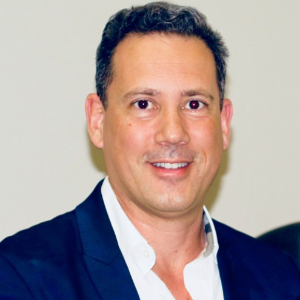
Marcos Brioschi
American Academy of Thermology, United States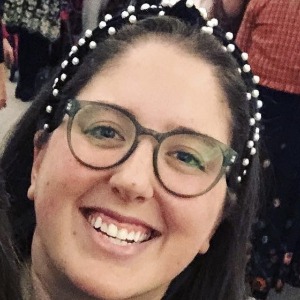
Blair Gorenberg
Shirley Ryan Abilitylab, United States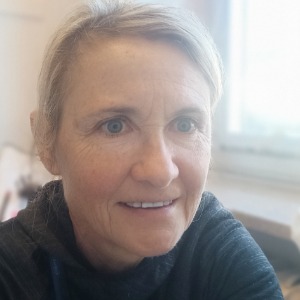
Roberta Sartori
IRCCS Materno-Infanitle Burlo Garofolo, Italy
Cho Li Yin
Taichung Veterans General Hospital - VGHTC, Taiwan
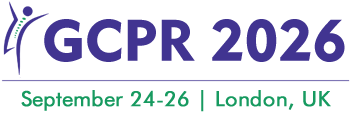



Title : Best practice guidelines for the use of pharmacological neuromodulation in disorders of diminished motivation: A comprehensive approach
Vaidya Balasubramaniam, Illawarra and Shoalhaven Local Health District Hospitals, Australia
Title : A forgotten component of knee osteoarthritis
Ron Blehm, EEI Physio LLC, United States
Title : Functional outcomes of DSSA-Based pelvic rehabilitation combined with manual therapy and electrostimulation in men after oncologic surgery: A retrospective case series
Eren Uyar, Fizyomen Physiotherapy & Rehabilitation Center, Turkey
Title : We are living and working in the age of individualization
Marcia J Scherer, Institute for Matching Person and Technology, United States
Title : Efficacy of Inspiratory Muscle Training (IMT) in post-weaning ICU recovery: A clinical randomized controlled trial
Warda Khan, Chongqing Medical University, Pakistan
Title :
Subramanya Adiga, Middlemore Hospital, New Zealand